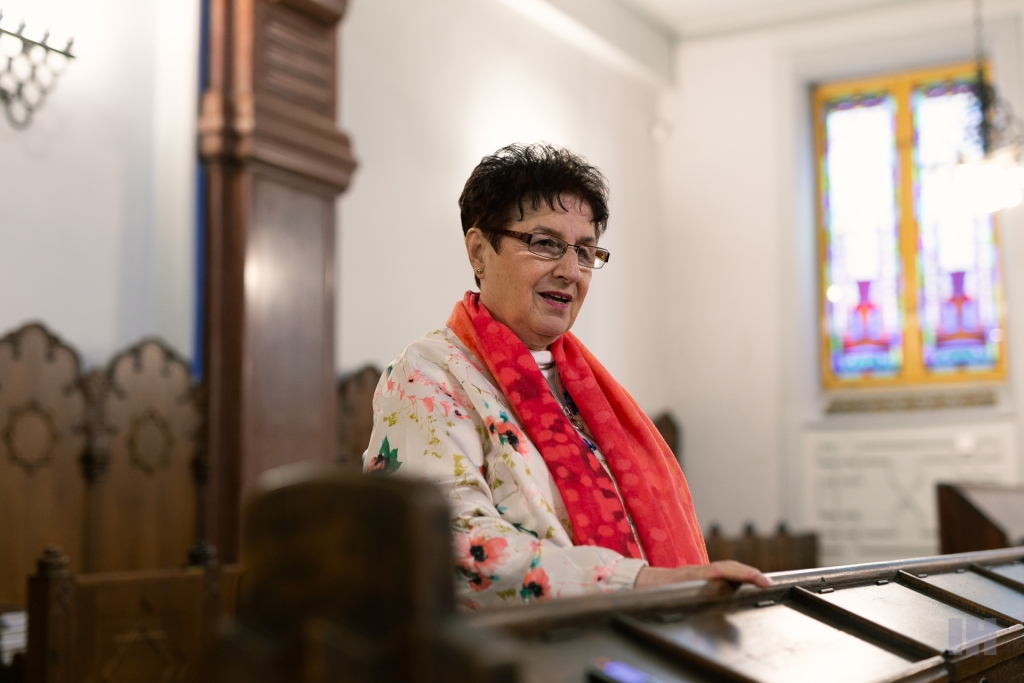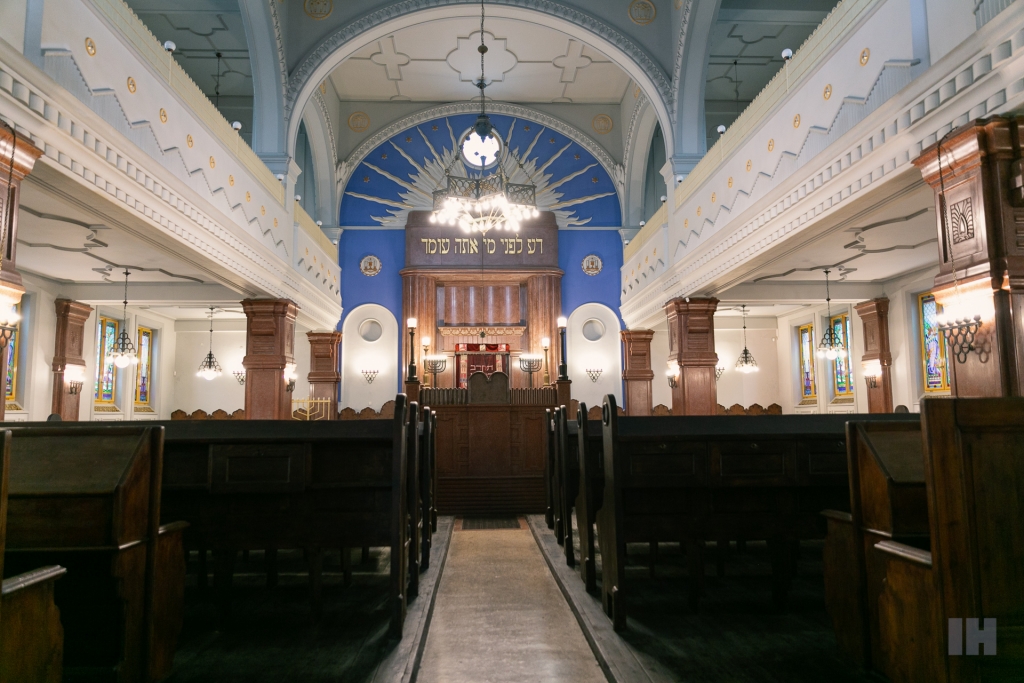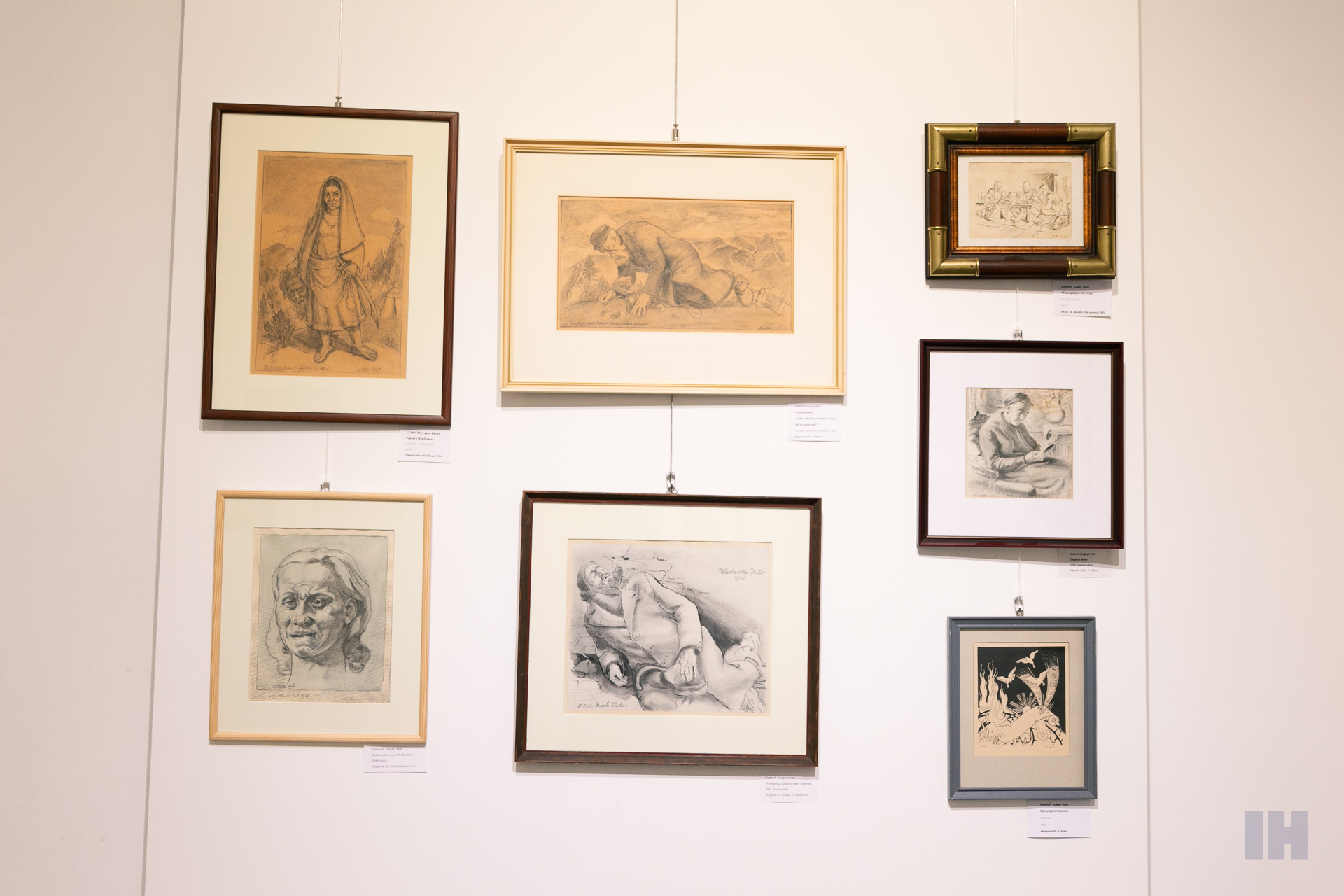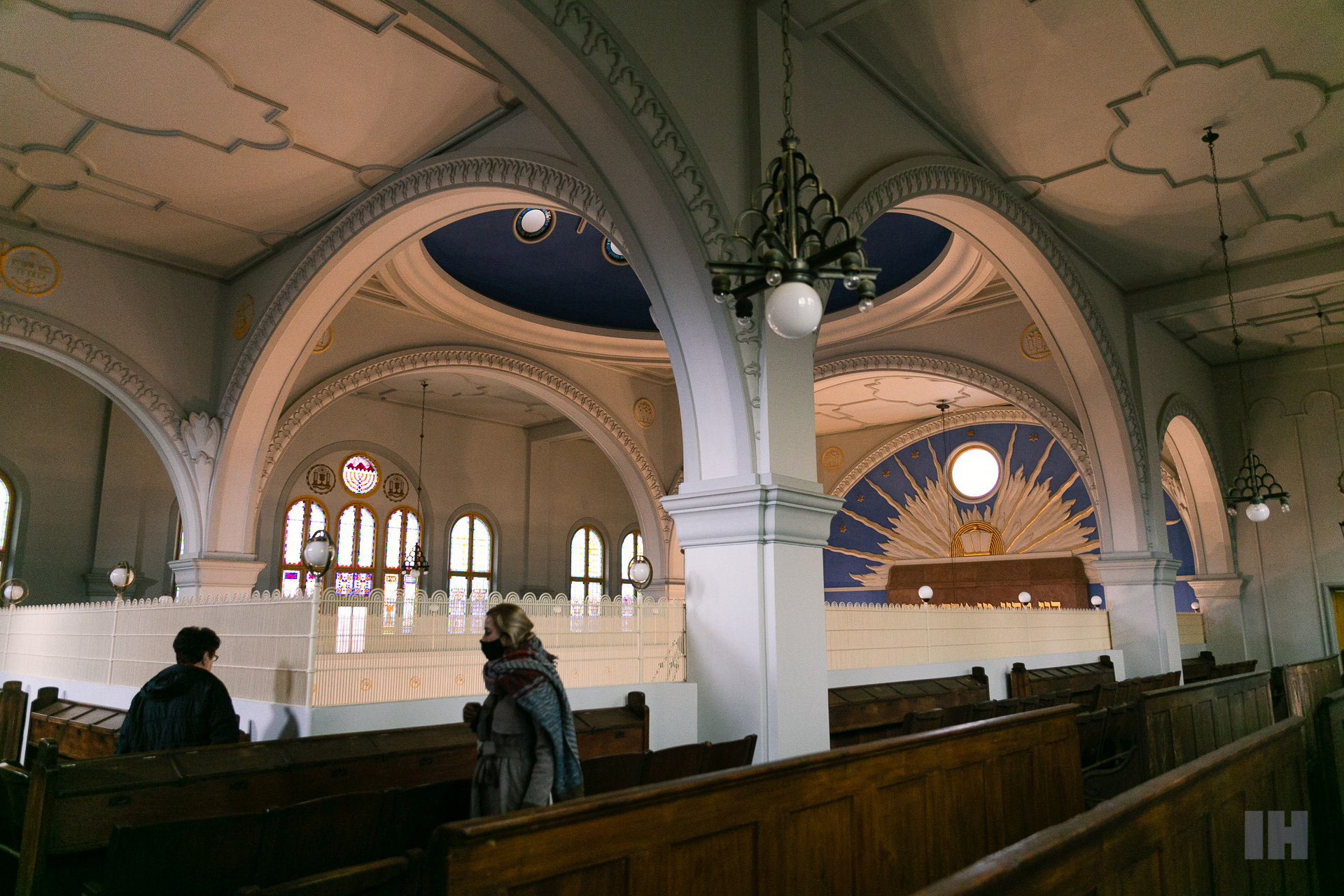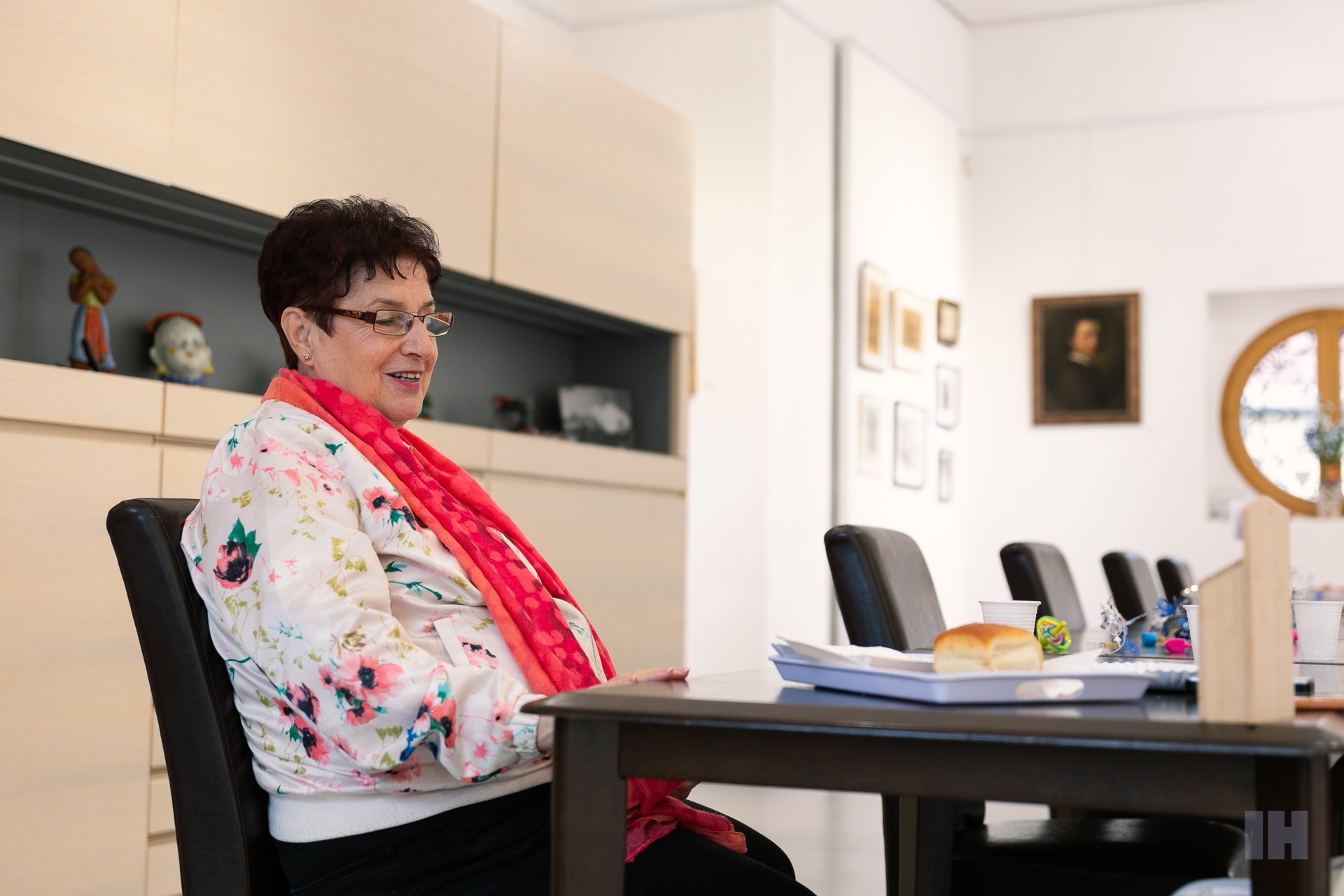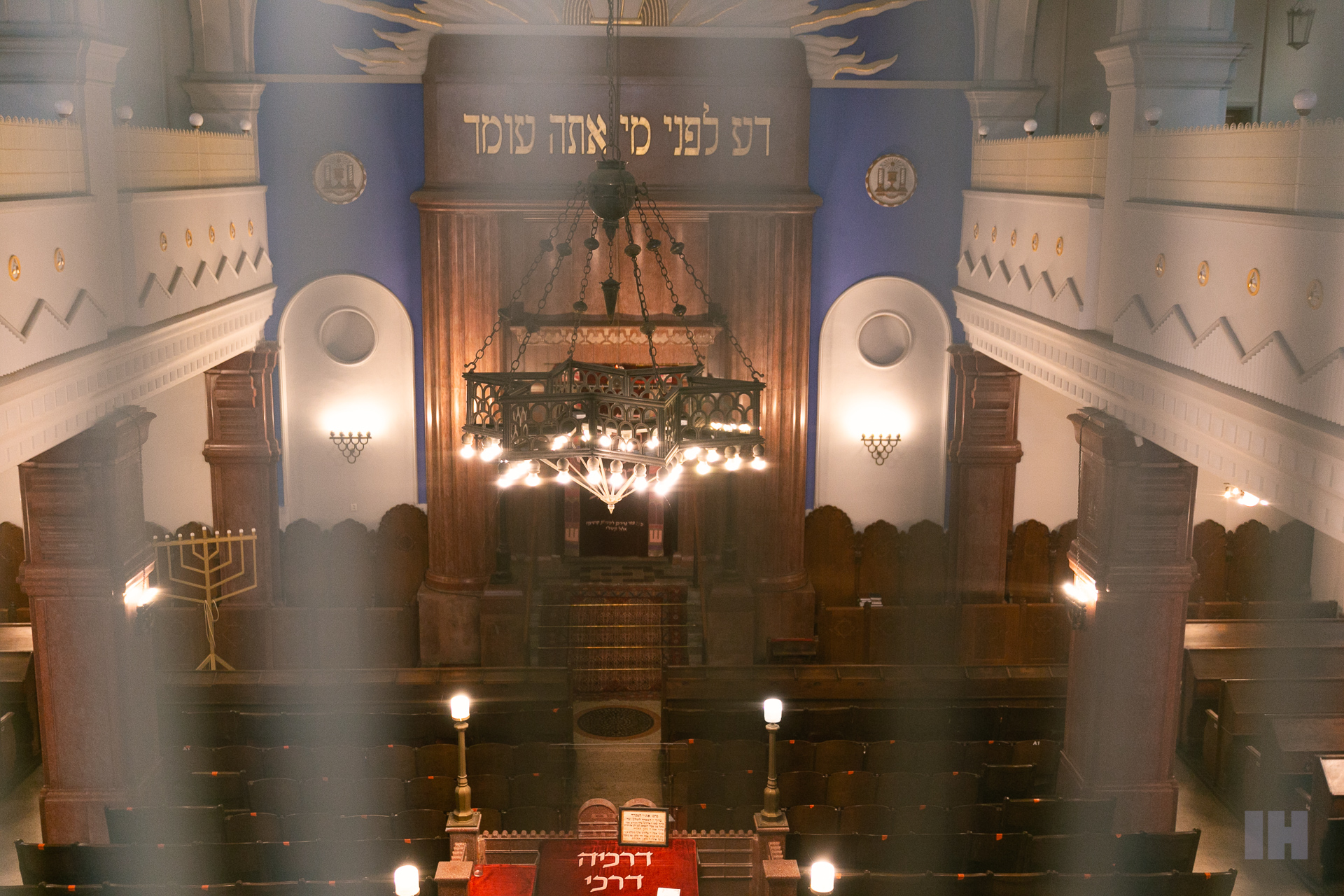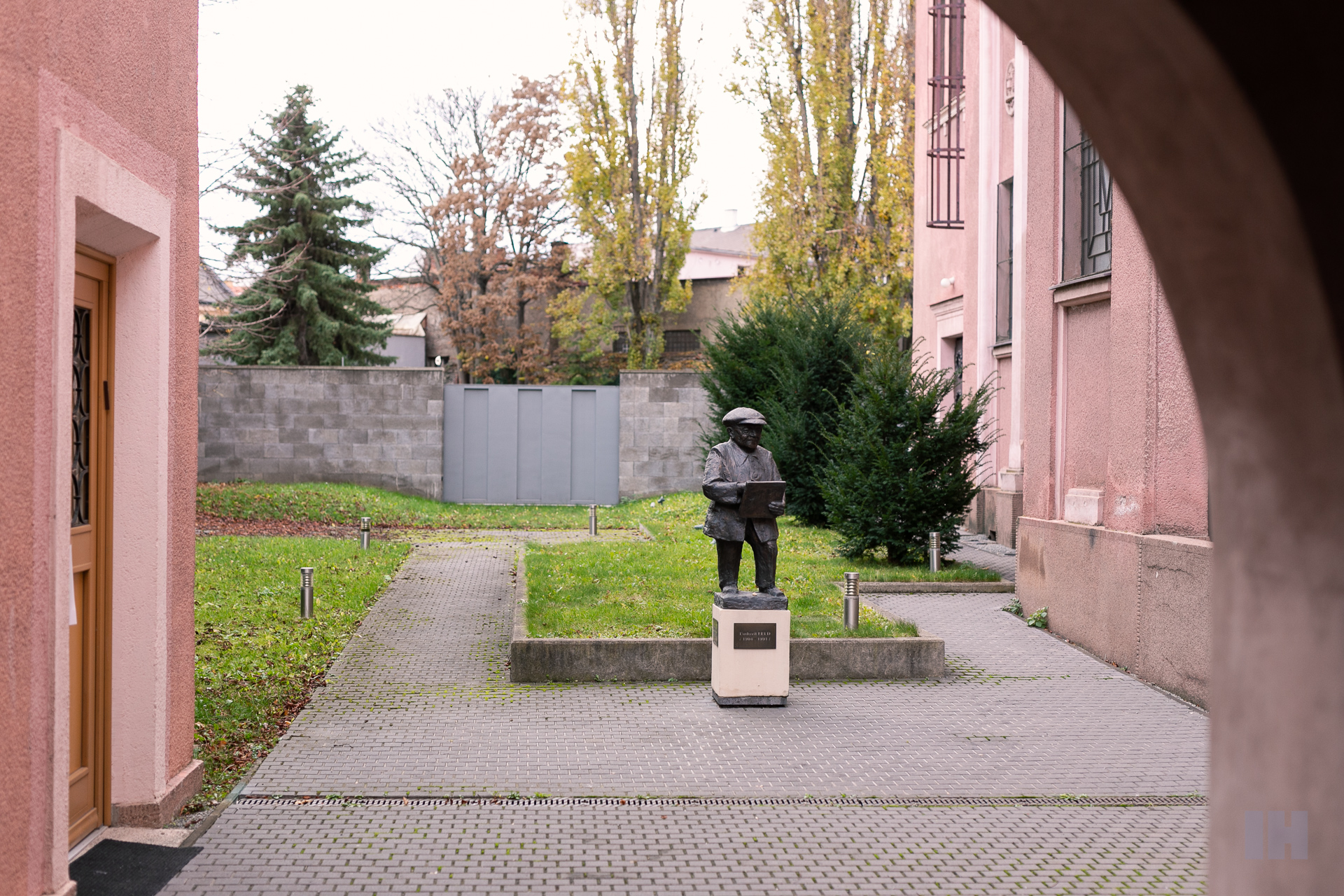My mission is to spread the awareness of the Holocaust as a descendant of the first generation, says Jana Teššerová
Jana Teššerová – a personality known for many years as a teacher and director of one of the most renowned secondary schools in Košice, Grammar School Šrobárova. Today, already in retirement, she gives lectures for students, to whom she introduces the topic of World War II and the Holocaust in Slovakia in authentic detail. For doing so, she uses the memories of her parents, who were saved from deportations by their rescuers who believed the right to live was not determined by nationality or religion. In the following interview, Jana reveals their story, the war situation in her home-town Kežmarok, traces of transgenerational trauma in her own life and pedagogical activities, which she has been associated with continuously for decades.
I’m someone they call the “second generation”
Originally from Kežmarok, Jana calls herself by the term “second generation”, in other words, a descendant of those who directly survived the horrors of World War II and miraculously survived. She describes her childhood with her parents as simple small-town upbringing underneath the High Tatras mountains, but full of instilling values for her future and profession.
Jana’s parents, Regina Schloss and Leo Kovacs, never married – their wedding was only confirmed on paper, cleverly signed by a local rabbi, as a form of prevention against the deportation of single girls to Auschwitz. These began in 1942. The first deportation of Jewish girls took place from Poprad on March 25, 1942. Approximately 999 girls were taken to Auschwitz. The most famous survivor was Edita Grossmanová from Humenné, who later married Ladislav Grossman, the screenwriter of the Oscar-winning film The Shop on Main Street (1965).
“As a child, I listened to the Holocaust at home every day. I thought it was part of the households of all the other families. It was an extremely sad time in my parents’ lives. They never got out of it mentally, especially my mother, whom we always tried to protect from any tension or stressful situations.
My mother was the youngest of thirteen children. During the period of deportations of single girls ‘for work’ in 1942 (as they called it at that time), my grandparents hid her in a sanatorium in the High Tatras. The population of Kežmarok at that time consisted of approximately 6,000 people, of which less than 1,200 were Jews. The worst deportations began after the Slovak National Uprising in 1944, when there was hardly any salvation possible. My mother’s almost entire family was deported and subsequently murdered. My mother’s parents were shot in the town of Plaszów, near Krakow. Miraculously, two brothers and one 1.5-year-old child – my cousin – were saved. Today she lives in Bratislava and was also a professor of languages at the grammar school.”
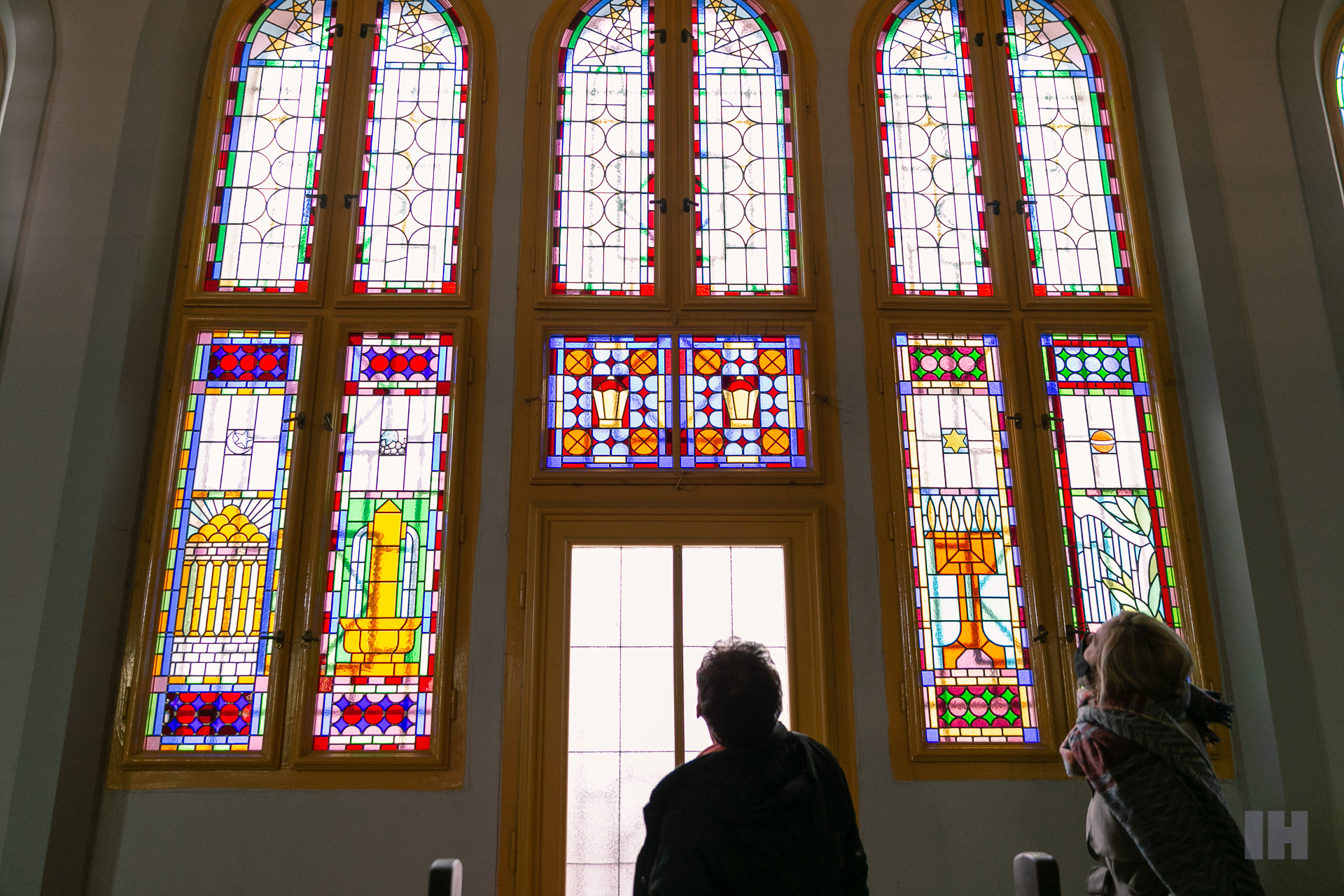
Shelter a few meters behind the German barracks
The couple did not move an inch from each other since their imaginary marriage, and for some time they hid in a house of the Lojs family in Kežmarok. When their hiding place was eventually betrayed to the members of Hlinka’s Guard, Jana’s father prudently turned the house upside down and hid his wife in bed and himself in a niche behind a closet in the bedroom. Enraged soldiers did not find them during a half-hour raid on the house and believed the simulated escape.
Regina and Leo were subsequently taken care of by an older Catholic couple, who kept hiding both for several months in a hayloft in the attic behind their house, where they managed to survive until the liberation of Kežmarok. However, due to difficult conditions, winter and lack of nutrition, Regina lost weight to 32 kg and became blind due to severe stress and trauma.
“The Žihalov family saved my parents’ lives. They lived about 30 meters behind the German barracks on Továrenská Street near Tatraľana. These people believed that everyone has the right to life – no matter what your religion or nationality. The only thing they feared were their sons, who collaborated with the Hlinka Guard members. Ironically, they feared their own sons more than the Hlinka Guards themselves. After the liberation, my weakened parents found a stolen apartment, where they lived the next difficult period. They went to beg for the food from the locals in Kežmarok, yet some of them, unfortunately, made anti-Semitic remarks to go back and ask for bread in Auschwitz. Every day meant a struggle for food and livelihood. The end of the war did not mean the end of prejudices and pogroms, as the following history tells us.
We visited the family for the rest of our lives. Mother always baked cakes and we brought them to their rescuers – we called them ‘grandma and grandpa’. Throughout my childhood, I begged my mother to send me to someone during the holidays. There was nowhere to go, we had no blood relatives thanks to the Holocaust machinery. This family – the Žihal family – became grandparents for me, to whom my parents were forever grateful for saving their lives. It is difficult to express their gratitude in words.
Mother never recovered from the whole war experience. We tried to spare her by only telling her good news. Often, in tense moments, she became blind and regained her sight afterwards – already as children, my brother and I learned to deal with her in a special way. The way second-generation children were worried about their parents cannot even be described. I treated my mother almost as if she were my child. It’s a strange second-generation phenomenon.”
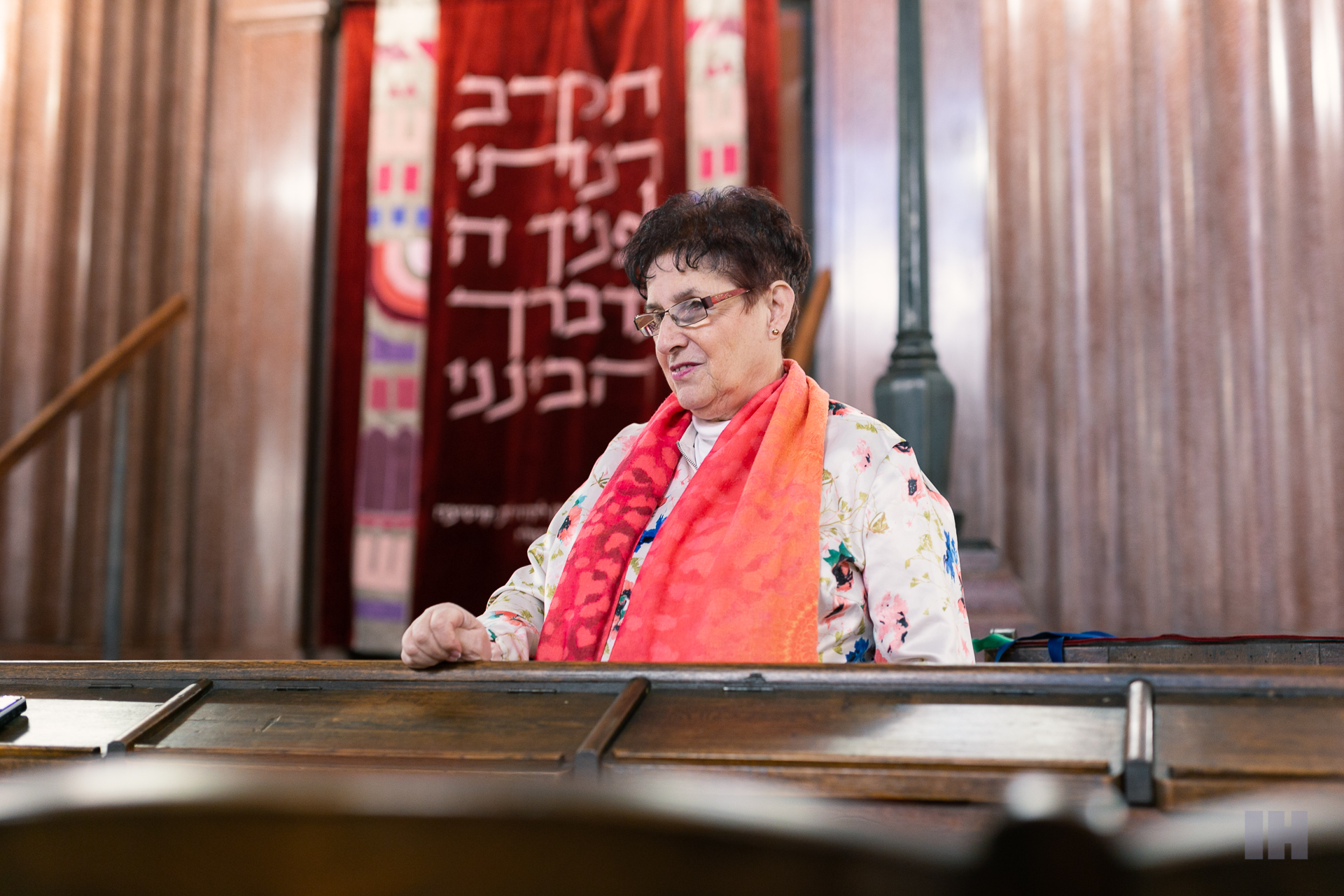
“I am absolutely traumatized, even though I am an optimistic person. I know what fear, fear of the return of anti-Semitism, persecution and xenophobia are. Scientists claim that we inherited trauma in genes, but it was mainly in my parents’ memories of the Holocaust. While watching the recent extremist demonstrations, where the symbols of the swastika and the Star of David appeared, I panicked. People with trauma will never get rid of the feeling that someone will come for them one day.”
Grammar School Šrobárova
After finishing her studies at the Kežmarok grammar school, Jana decided to follow her childhood dream and studied languages at the Faculty of Arts of the University of Prešov in Prešov. After graduating from university, she came to live in Košice, where she married her husband. She worked at Grammar School Šrobárova as a teacher until 1993, when she was elected the new school principal during the elections. In still the 1989’s post-revolutionary period, the school bore considerable signs of a devastated character, so Jana decided to invest all her time in the renovation of the historic building from 1892. Together with the teaching staff, they created modern teaching methods, alternative education and equipped the school with modern teaching facilities and tools.
“I pay tribute to the architects of the building, the Jakab brothers, who designed and built this amazing oeuvre. It should be noted that this is a building with excellent statics, character and great facilities. Anyone who knows its interior will definitely fall in love with it – it includes many nooks and hidden corners, some I discovered only when I became a principal. The school stands behind the walls of the historic city centre, on the premises of the former lake called Fekete, Hungarian for Black. Gradually, at school, we changed everything that was in a state of disrepair – the roof, walls, laboratories, cabinets, rooms and exterior.
Working as a principal gave me a lot, was an inspiration for me and enriched me immensely. This period lasted 16 years, which was enough time for me to fulfil my dreams and then leave space for someone new who could bring further changes. Grammar School Šrobárova was everything to me – I dedicated all my time, weekends, working hours and holidays to its development. After leaving, I taught for another ten years at the Secondary Medical School on Kukučínova Street.”
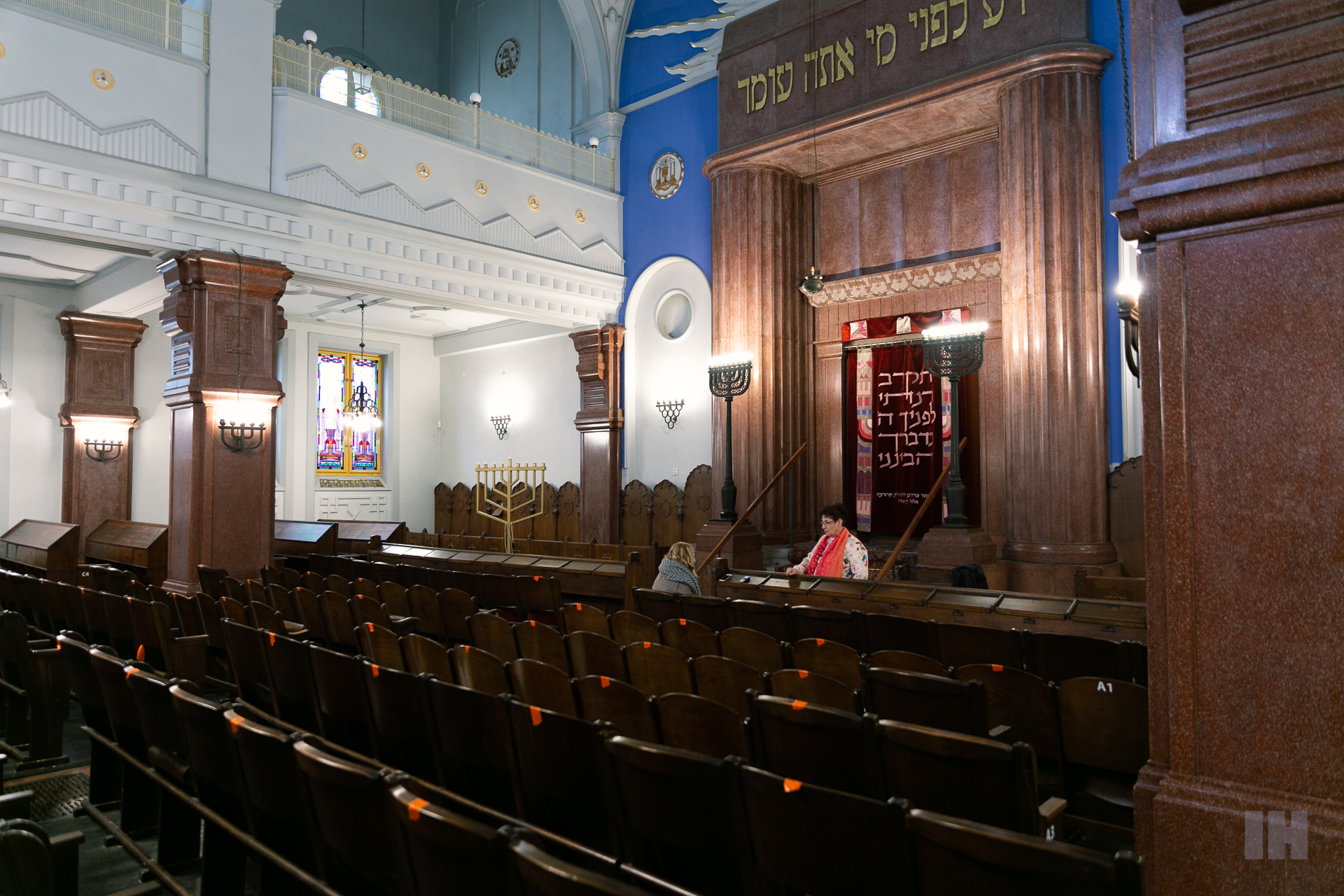
Čo sa nezapíše, akoby sa nestalo
In recent years, Jana Teššerová has been intensively involved in spreading awareness and truth about the Holocaust for students of secondary and primary schools. For doing so, she uses the first-hand information from her parents’ memories and through which she is able to present young people to a worldview that identifies with the real sources of events 70 years ago. During each lecture, she asks young people if they have heard of the Holocaust, if they know people of Jewish descent, and what their electoral preferences are. With sadness, she admits that almost a third of them favour current extremist political parties. Jana still sees the anti-Semitism traces, deeply rooted, especially in areas where people did not have a chance to meet and talk to World War II survivors directly.
“Soon there will be no one among us to tell these stories, the resources are gradually disappearing. I myself am only the second generation to talk about it. I think it is my mission to do this enlightenment. I owe it not only to my entire murdered family but also to the more than 6 million who were murdered in the concentration camps. My priority is still young people who need to know what happened not so long ago and how cautiously but strongly, we need to approach those who are trying to deny these facts. History may well return, but I estimate that in much worse form. Certainly, none of us wants that. That’s why last year we followed a worldwide campaign called We Remember.
I used to give lectures at schools in Bardejov, Košice, Kežmarok – I gave testimonies about what my hometown survived. This history should be taught in detail in secondary schools, delivered by a teacher who can approach them sensitively and interpret them correctly to students.
The interest, which we also aroused by the creation of the Ľudovít Feld Gallery within the premises of the Synagogue on Puškinova Street, is the answer to me that this whole activity makes sense and means something to people. Paintings, books, exhibitions, photographs, Jewish artefacts, notes – these are all stories that give us the strength and perseverance to keep up the good work. I myself run the third chronicle of the gallery, which makes up for already a total of 500 pages. I believe that what is not written down is as if it did not even happen. And even what is proven and written down can be questioned by people, as we witness these days.
It is extremely important to focus on the Holocaust and WWII history – to focus on what means something to you, especially when you do it voluntarily. For me, this activity has become the very truth of what happened to my ancestors. I aim to continue tirelessly.”
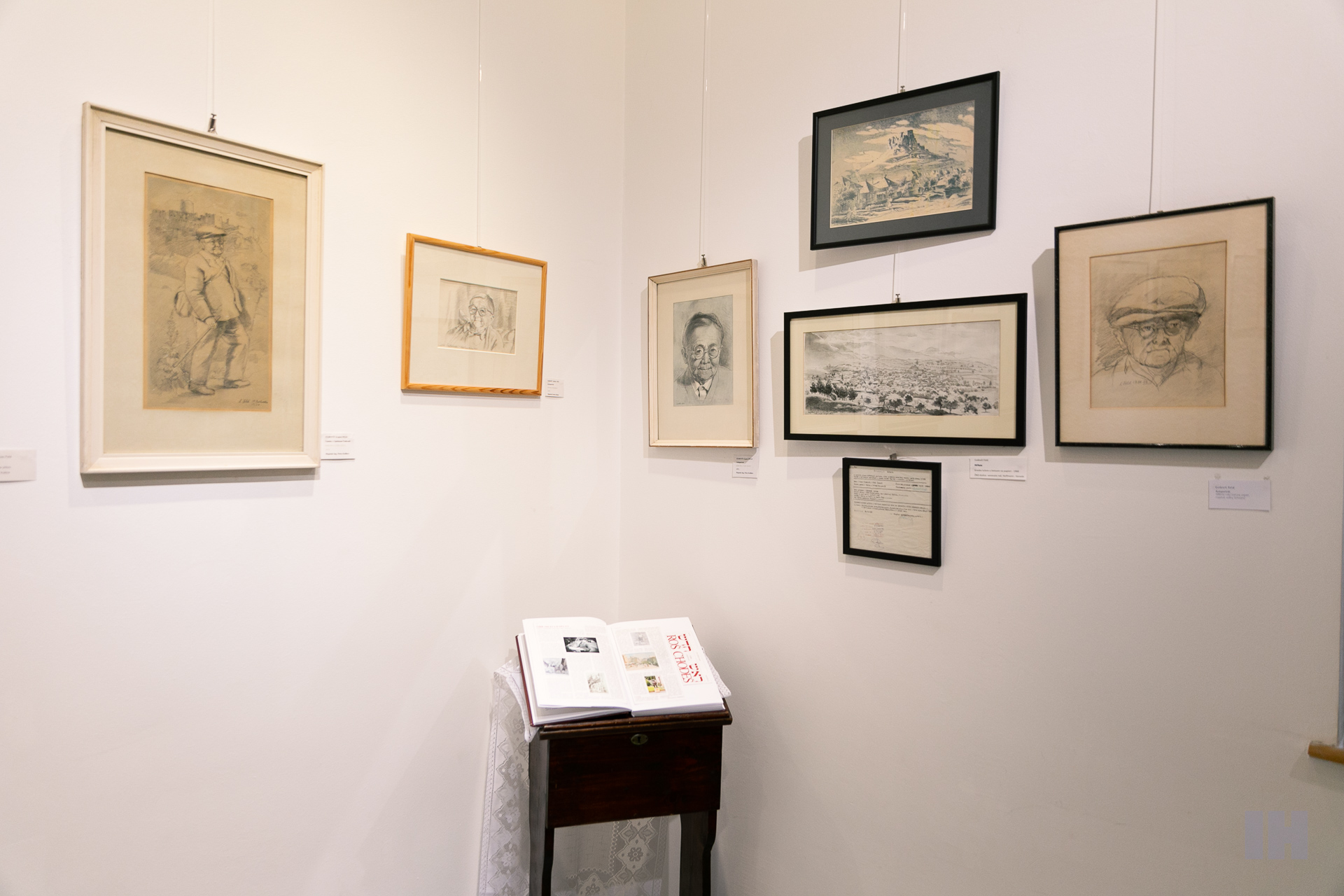
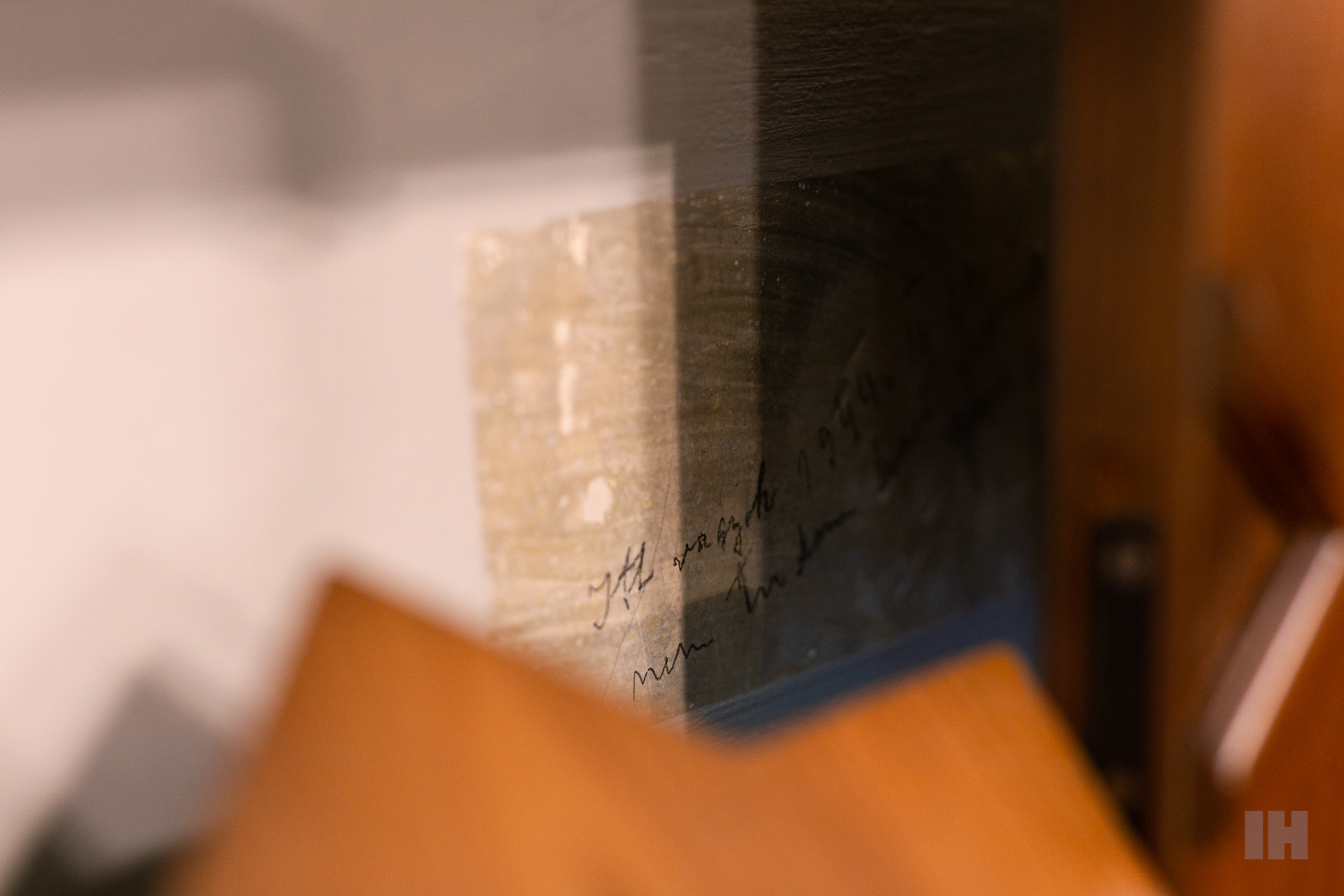
“We are here, 1944. We don’t know where they are taking us.”
(sign on the original wall of Synagogue at Puškinova Street, Košice)

